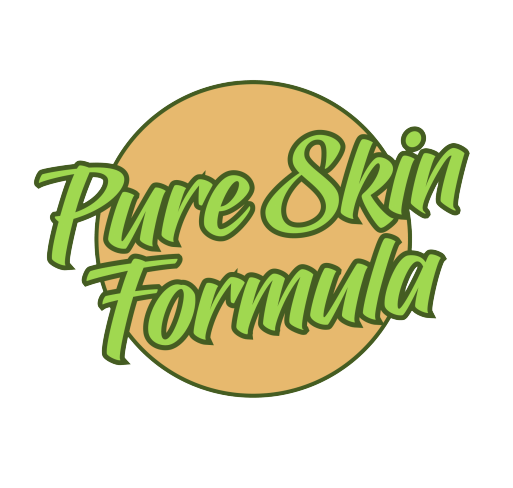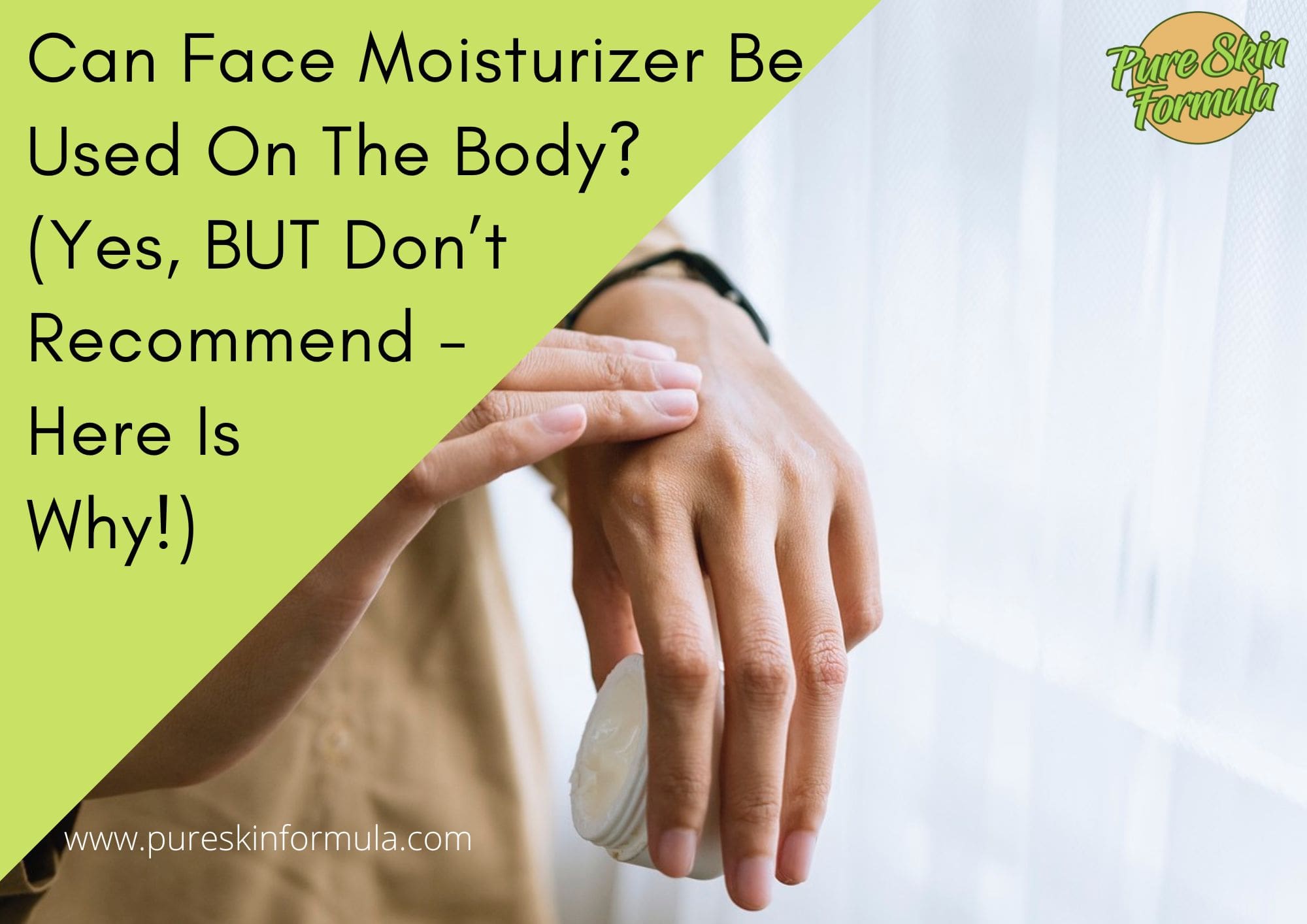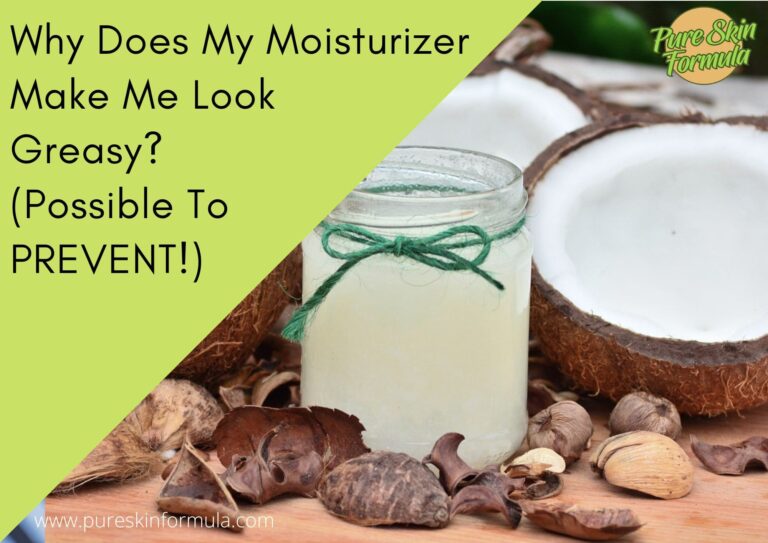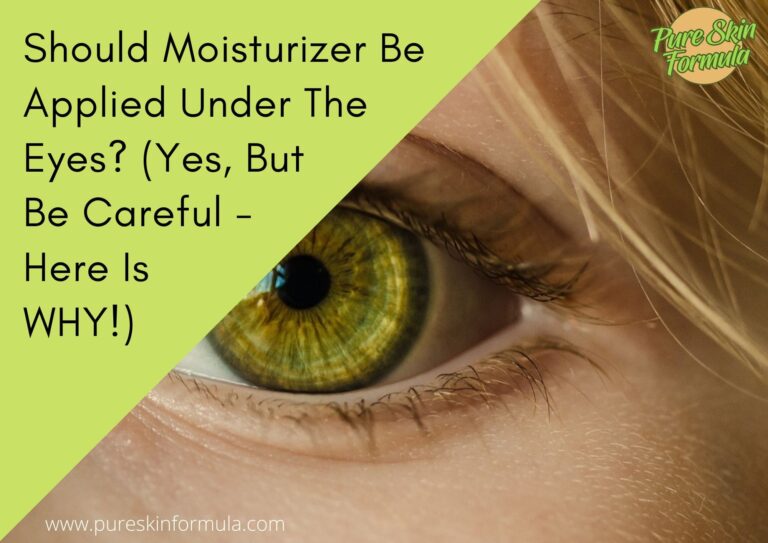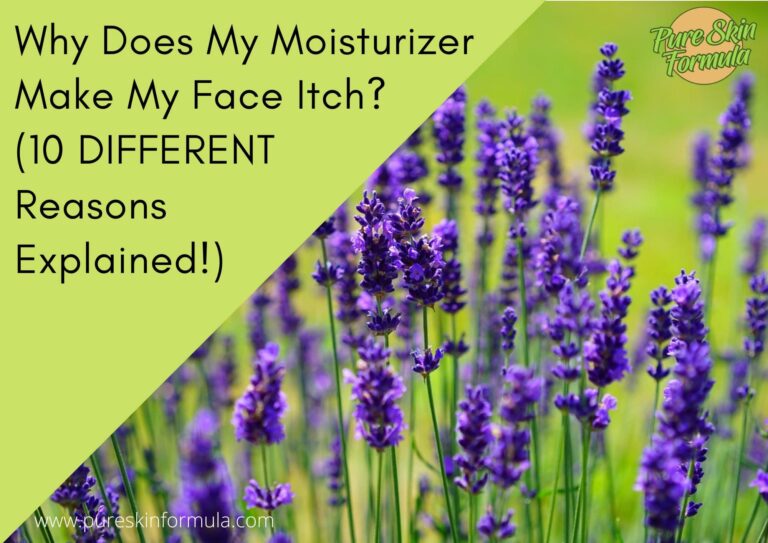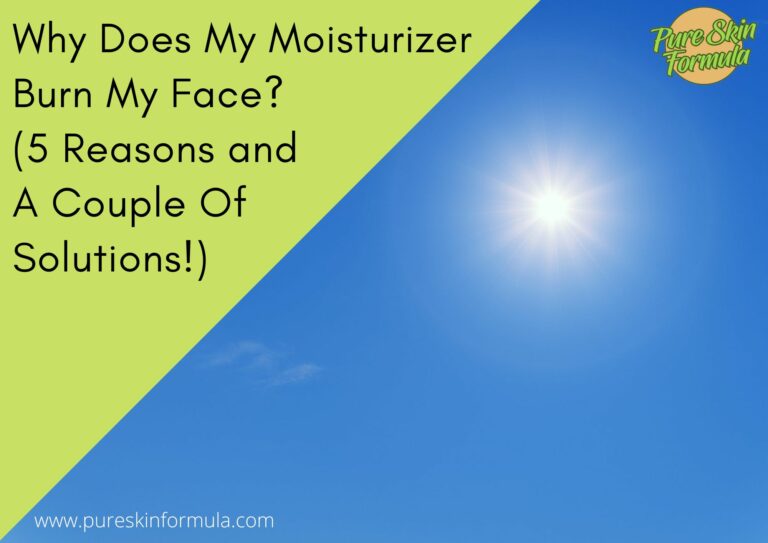To answer this question, we need to know three parameters.
What are the characteristics of the skin on the face and the body? Is there a significant difference between them?
What does a typical moisturizer look like? Do body and face moisturizers vary, or are they similar?
Let’s see the answer.
Can face moisturizer be used on the body?
Yes, it can. Most of the ingredients in a face moisturizer are appropriate for your body. I wouldn’t recommend taking this step for two reasons.
- There might be active ingredients in a face moisturizer which are not suitable for the body’s skin (such as acne-fighting ingredients);
- Using a face moisturizer for your body could be more expensive than applying a regular one designed for that purpose. Sometimes the ratio is more money for less quantity than body moisturizers.
Find the detailed answer below.
What is specific about the skin on the face?
There are four main types of skin on the face.
Dry skin is thin, sensitive and has tiny pores. It is characterized by reduced natural sebum production, which leads to dehydration and the appearance of fine lines and wrinkles.
Normal skin type is smooth and supple, with a soft texture and rosy color – a consequence of good blood circulation. The pores are tiny, and the skin is not prone to excessive sensitivity. Although the T-zone (forehead, nose and chin) may be slightly oily, the skin is not thickened or prone to dryness.
Oily skin produces an excessive amount of sebum. Excessive oiliness can give the facial skin a yellowish color over time, but in contrast, the appearance of wrinkles is more complicated. This skin type is elastic and flaky, especially in the T-zone, and prone to breakouts and acne.
The combination skin type is recognized by the extra sebum in the T-zone and dryness in the rest of the face, especially the cheeks. In this case, the pores in the T-zone are enlarged and predispose to the appearance of pimples.
What is a typical skincare routine for the skin on the face?
These are some of the steps that you most probably apply when taking care of your face:
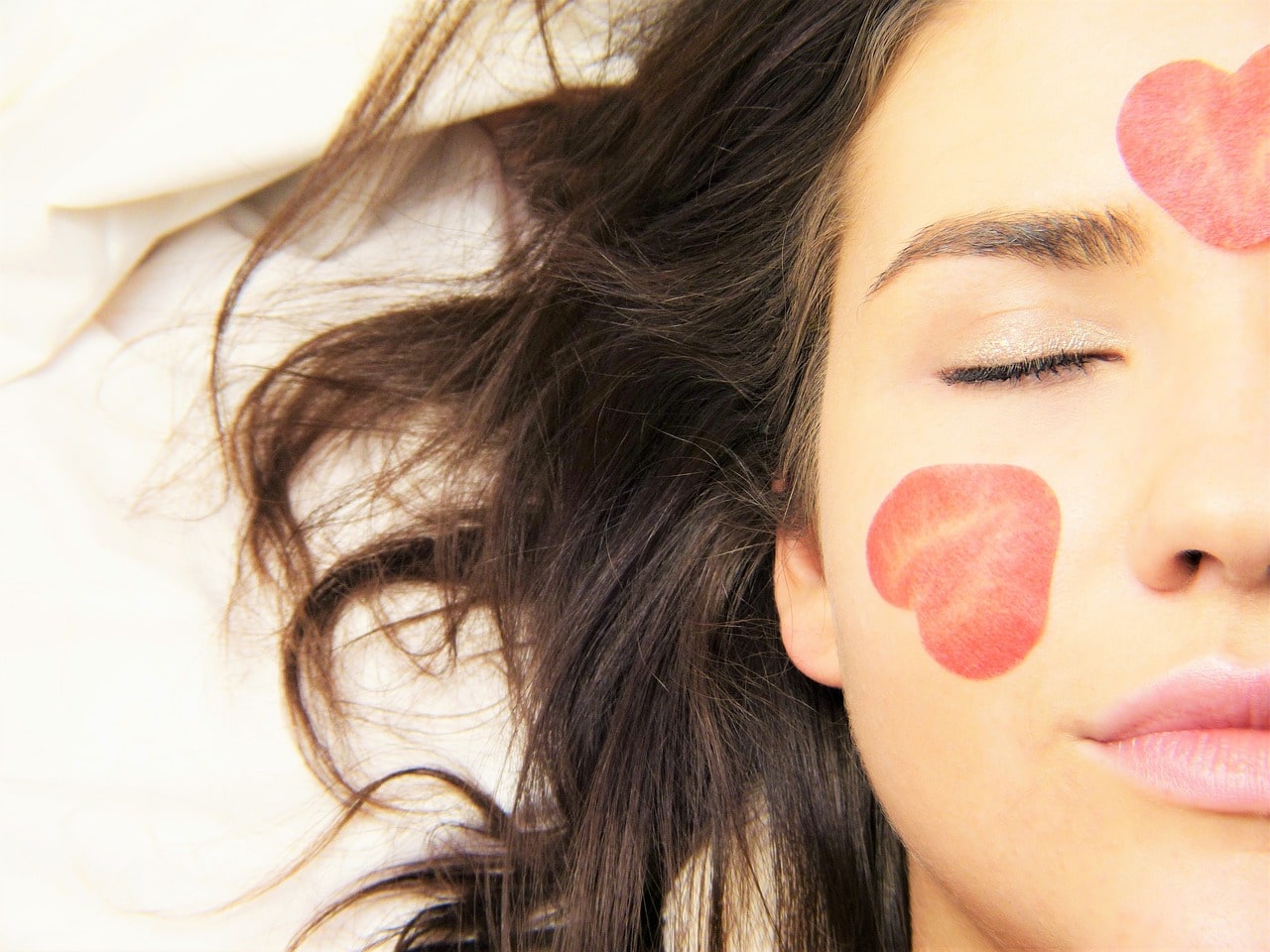
Make-up removal and cleansing: Ingredients like salicylic acid or benzoyl peroxide are appropriate for oily or acne-prone skin.
Using a toner: A facial toner helps to hydrate and refresh, giving the skin a radiant feeling. It soothes irritations and further removes residual makeup. It is advisable to opt for a product that does not contain alcohol.
Exfoliation: this step helps remove dead skin cells, leaving the skin clean and soft.
Hydration is crucial for any skin type, even oily skin, for which lighter water-based formulas or gel-based ones are recommended.
What types of active ingredients can you use for your face care?
Alpha hydroxy acids (AHAs) are the common name for several acids, including glycolic, lactic, tartaric and citric acids. They help to smooth wrinkles, even the complexion, and control enlarged pores.
Salicylic acid (beta-hydroxy acid) helps to remove dead skin cells, improve the appearance of the skin and relieve acne symptoms. Salicylic acid is less irritating than alpha hydroxy acids.
Hydroquinone is commonly found in products used to correct blemishes that occur with aging.
Retinol is found in anti-aging creams as a substance derived from vitamin A. It improves the appearance of the skin, reducing spots and wrinkles.
Hyaluronic acid in tissues decreases with age, so cosmetics containing hyaluronic acid are ideal for moisturizing the skin and reducing wrinkles.
Alpha-lipoic acid is an effective antioxidant, helping to regenerate the skin and fight the harmful effects of free radicals. It reduces wrinkles and gives the skin a healthy and radiant appearance.
Typically, these substances would make the product more expensive.
That is why it is questionable why you would use such a moisturizer for your body when you can find a cheaper but still appropriate formula.
How is the skin on the face and the body different?
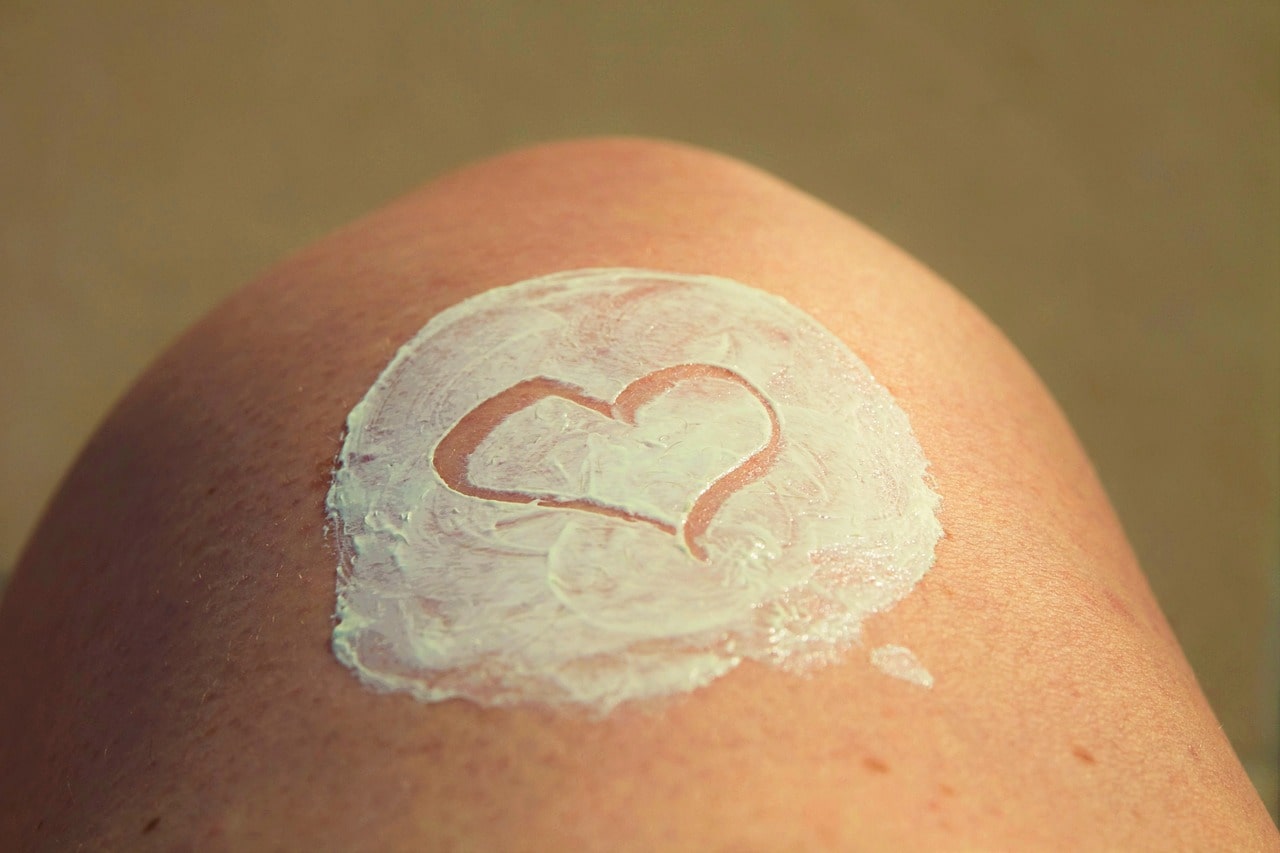
- The skin on the face is generally smoother and more delicate than the body. It has a higher density of hair follicles and sebaceous glands, which can affect its texture.
- The skin on the face is thinner than the skin on the body. The skin on the body is thicker and has a more robust epidermis, which makes it more resilient to external factors such as environmental pollutants and UV radiation.
- The skin on the face tends to produce more oil than the skin on the body. The sebaceous glands on the face produce sebum, an oily substance that helps to lubricate the skin and protect it from moisture loss. The sebaceous glands on the body produce less sebum, making the skin feel drier and more prone to flakiness.
- The skin on the face is more sensitive than the body. This is because it has more nerve endings and is exposed to more external factors such as UV radiation, environmental pollutants, and harsh skincare products.
The above explains why face moisturizing products might chase different purposes than body creams, thus having specifics in their formula.
How can body and face moisturizers differ?
Sometimes body moisturizers have a thicker, creamier texture than face moisturizers, which are often lighter and more easily absorbed into the skin.
Face moisturizers are specifically formulated to address the unique needs of facial skin – I have already discussed this above.
On the other hand, body moisturisers may contain ingredients such as urea, designed to address the thicker, rougher skin.
Body moisturizers might be scented, while face moisturizers are typically fragrance-free. This is because the skin on the face is more sensitive and prone to irritation than the skin on the body, and fragrances can irritate sensitive skin.
Face moisturizers often contain SPF to protect the delicate skin on the face from UV radiation, while body moisturizers may or may not contain SPF.
You may find body moisturizers packaged in larger containers than face moisturizers, as they are meant to be used on larger body areas.
The skin under the eyes is the thinnest on the body, around 0.5 millimeters thick. This makes it more susceptible to damage from UV radiation, environmental pollutants, and aging.
if using moisturizer for your skin under the eyes, try to find a lightweight, water-based one that partially resembles the formula of eye cream.
And finally, I want to comment on this topic concerning hand care.
Can I use face moisturizer on my hands?
What we have discussed here is relevant for hands, as well. Yes, you can use face moisturizer on your hands. However, remember that the skin on your hands may be thicker and drier than your face, so you may need to use a more hydrating moisturizer or apply it more frequently.
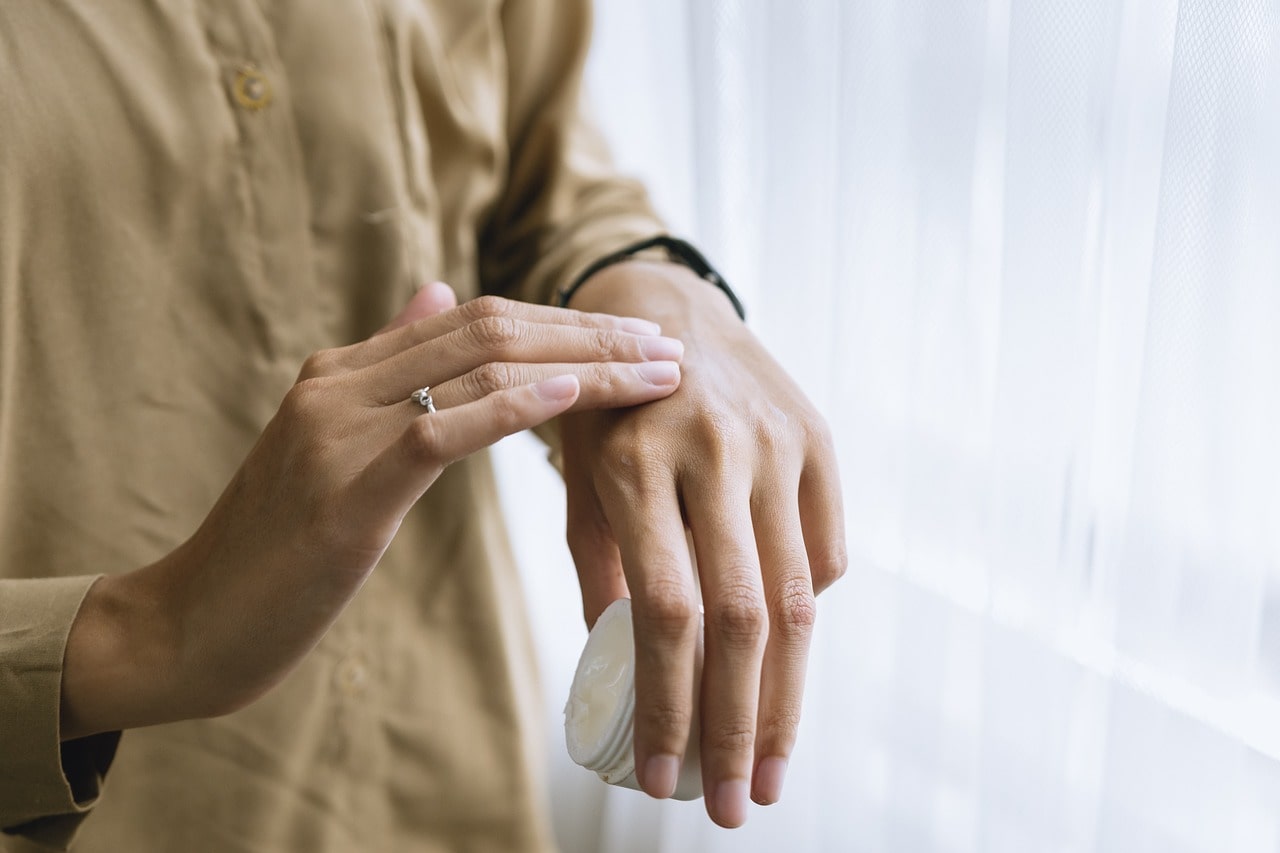
Also, if you have any specific skin concerns, such as eczema or psoriasis, you may want to look for a moisturizer to address those issues.
How is the hand’s skin specific?
It is often exposed to more damage than other body areas, leading to dryness, roughness, and calluses. This is because we use our hands for many activities, such as washing dishes, gardening, or typing on a keyboard.
The skin on the hands has fewer oil glands than other areas of the body, making it more prone to dryness. Additionally, the skin on the hands is often exposed to harsh chemicals and environmental pollutants, which can further contribute to dryness and damage.
Finally, the skin on the hands is often one of the first places to show signs of aging, such as wrinkles and age spots, because it is frequently exposed to UV radiation from the sun.
In conclusion
The skin on the face is generally more delicate and thinner, produces more oil, and is more sensitive to external factors than the skin on the body.
Check the ingredients of your face moisturizer to make sure they are safe for use on the body. Some facial moisturizers contain active ingredients that may not be suitable for other parts.
Another risk is a face moisturizer might be more expensive than the other types.
But it is up to you!
Do a patch test first to check for any adverse reactions, and you can use your face-hydrating product elsewhere.
Thank you for reading!
Valeria
